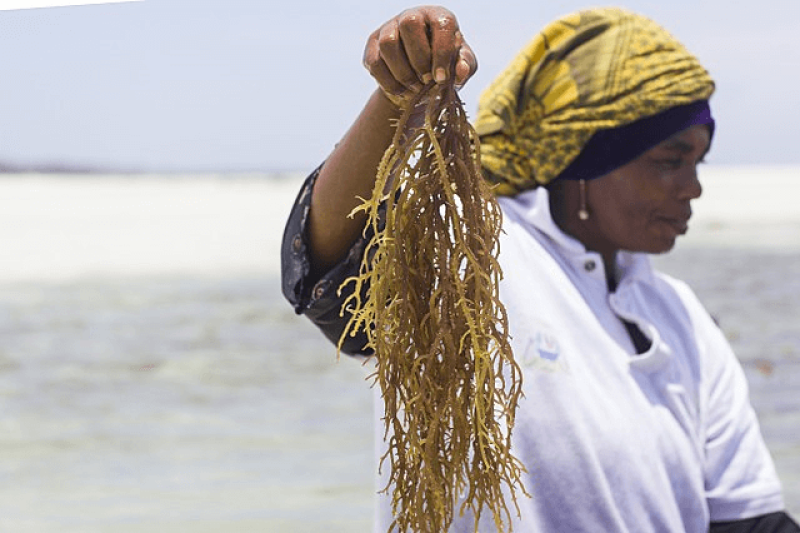Researchers are looking into a wide range of approaches to removing carbon from the atmosphere. Some are straightforwardly technical, like direct air capture in giant facilities can use massive fans and specialized membranes to trap carbon dioxide. Other approaches lean on nature, like growing trees and trapping carbon in their biomass underground.
And a growing number of groups are aiming to leverage the natural potential of seaweed for carbon removal. Like other photosynthesizers, seaweed absorbs carbon dioxide as it grows, transforming it into biomass.
And while most carbon captured by plants and algae eventually returns to the atmosphere as those organisms die and decay, a small part ends up stuck, or sequestered, when remains sink into places where they can’t decompose. In the case of seaweed, as much as 175 million tons of carbon could be sequestered each year as fronds sink to deep parts of the ocean where the water doesn’t mix much.
And a growing number of groups are looking to mimic nature, growing seaweed and sinking it on purpose to capture more carbon.
…
Growing enough seaweed to capture a billion tons of carbon would likely require a million square kilometers of ocean space, according to a new study. That’s over twice the size of California, just for growing seaweed that we would sink into the ocean.































